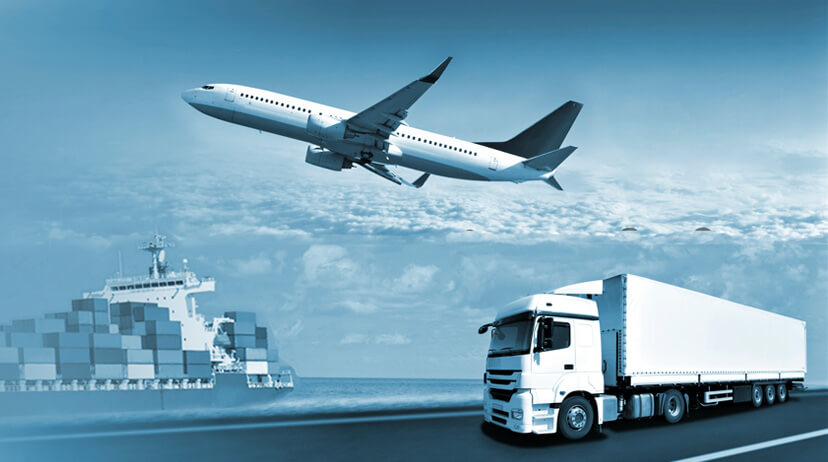
Breaking Down the Newest Innovations in Transportation: Roads, Rails and Rides
Posted on 31st Jul 2020
It has been five months since the COVID-19 pandemic has created a tidal wave of public and private policy shifts which dictate how humans go about their everyday lives. Many of our daily activities, once thought of as normal, have been upended with no certainty to be considered “normal” again.
In this latest episode of Roads, Rails, & Rides host, Jeb Morris, sits down with Daniel Litwin, of MarketScale Mornings, to discuss what those changes are looking like, report on the impacts to public and private providers, and how the transportation industry is adapting.
Across all platforms, people utilizing public transit is down throughout the United States. Public transit officials are reporting rider numbers down as much as 90 % in major markets. San Francisco’s BART (Bay Area Rapid Transit) is providing a great deal of transparency by making rider numbers available on their website. The month of July is down 89% over what the baseline would typically represent. BART is also providing information on their sight with what they are doing in response to the pandemic. Some of the new safety measures include a transition to all contactless payments, installation of MERV 14 air filters, UV light disinfecting of the HVAC ductwork, and implementing a disinfection robot that would clean the rail cars with a sterilization procedure using hospital grade vaporized hydrogen peroxide. Of course, all of these new measures have a price tag associated with them and this has prompted BART’s General Manager, Bob Powers, to join other transit leaders in advocating for additional funding. A letter has been sent to Senate leadership requesting $32-36 billion in additional funding for the transportation industry to cover COVID- related costs and revenue losses through 2021. New York’s MTA continues to suspend subway service overnight from 1am-5am so that they can effectively clean and disinfect the rail cars. MTA along with DART, MARTA, and several others continue to operate reduced service schedules in addition to upgraded cleaning policies.
In the gig economy, Uber and Lyft have started hiring drivers again, but have mandatory mask requirements for anyone to ride. Lime still has a page on their website dated April 14, 2020 stating that they have suspended rides, but reports in the Dallas’ market suggest that all of the scooter companies have units operating currently.
The industry, perhaps most impacted by the effects of the pandemic, is air travel. The airline industry now has their own Wikipedia page specific to the impacts caused by COVID-19. That page provides data, with sources cited, showing losses forecast to be in the hundreds of billions of dollars.
The world we live in is different now in ways which history has never seen before. The transportation industry is no exception
